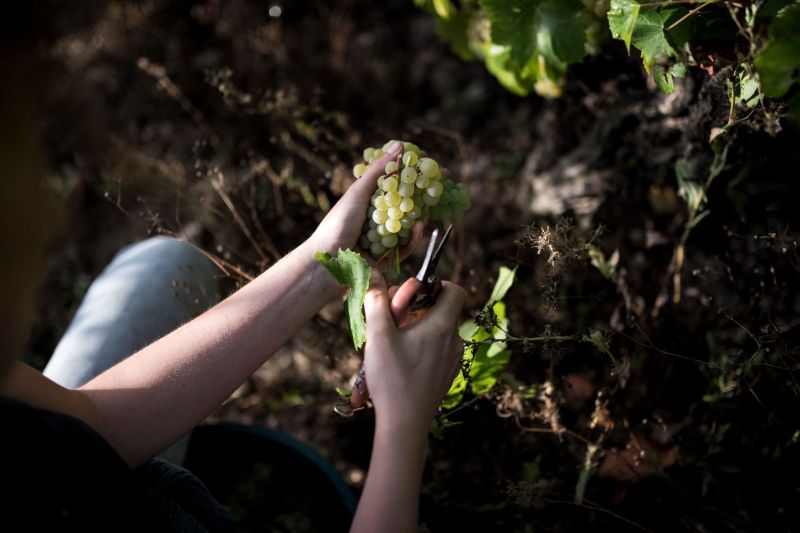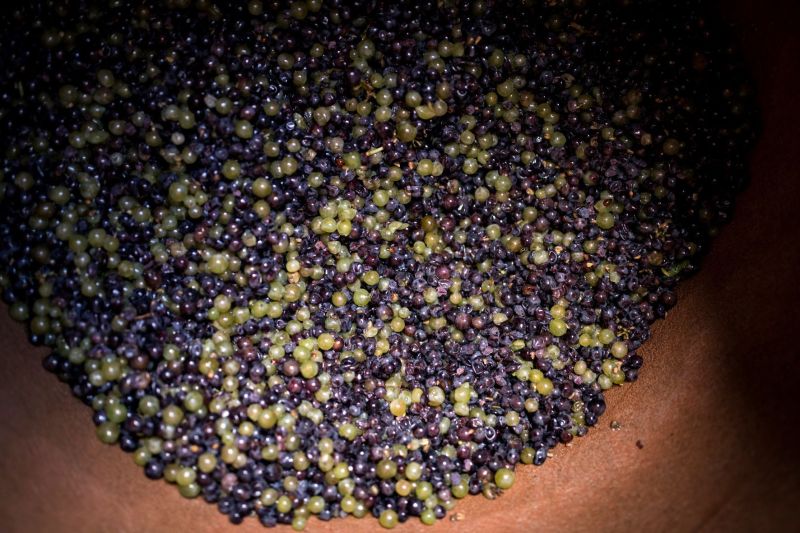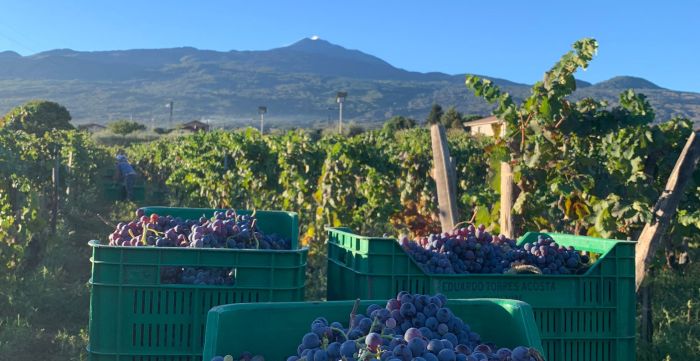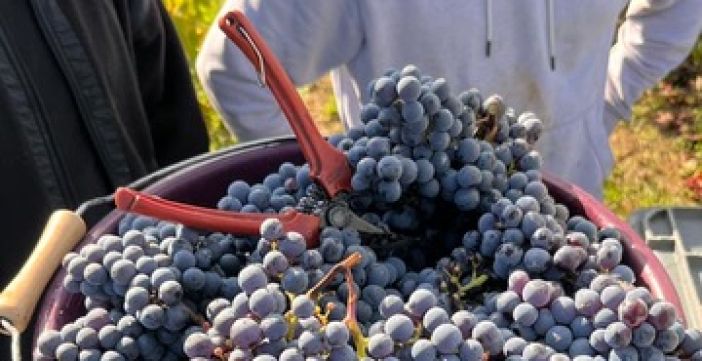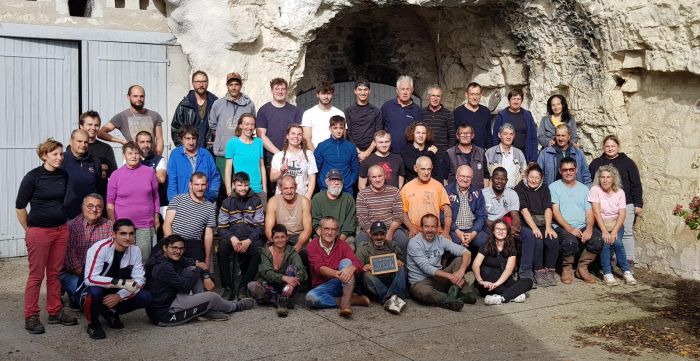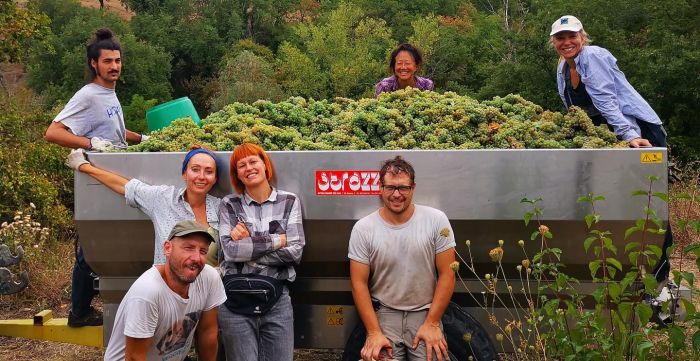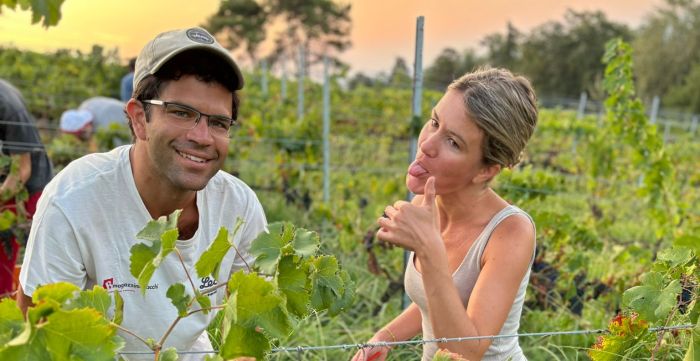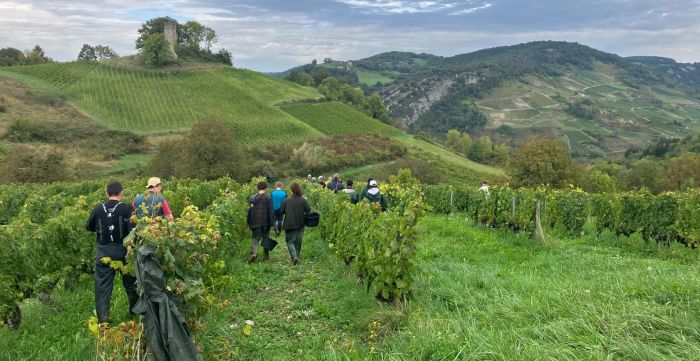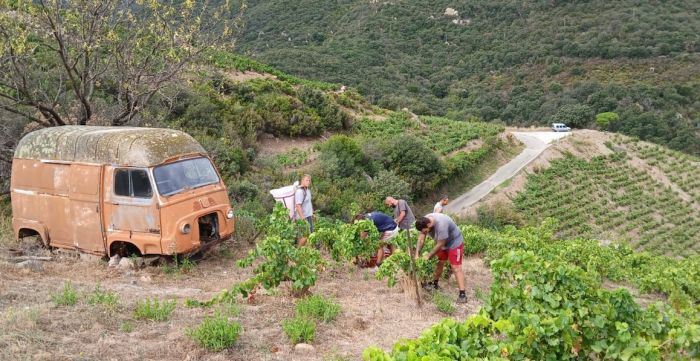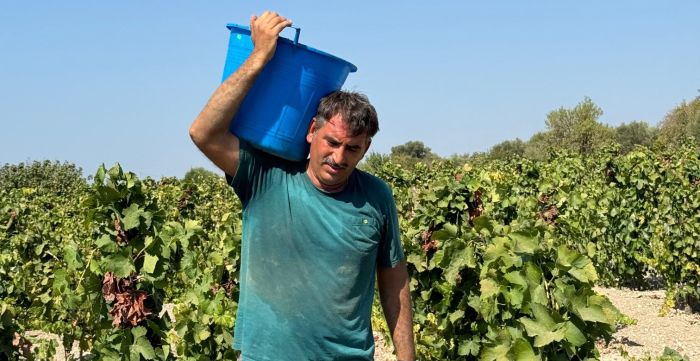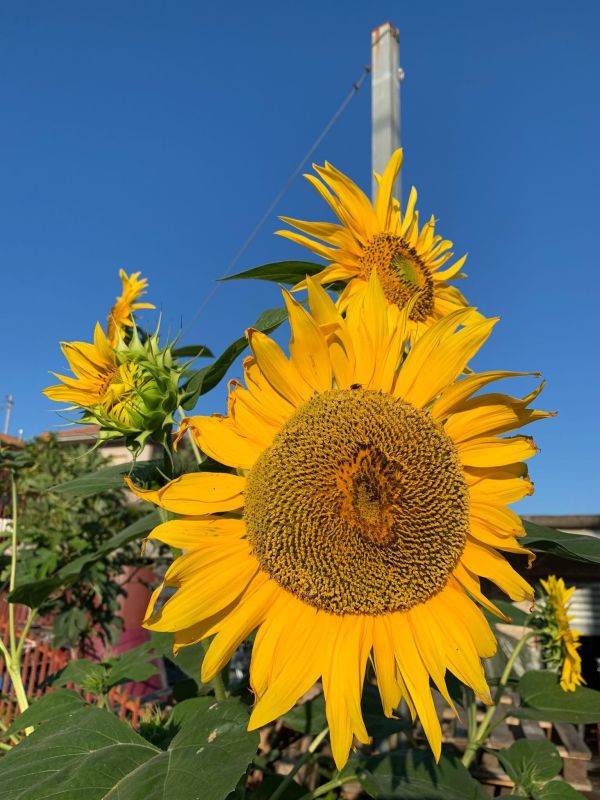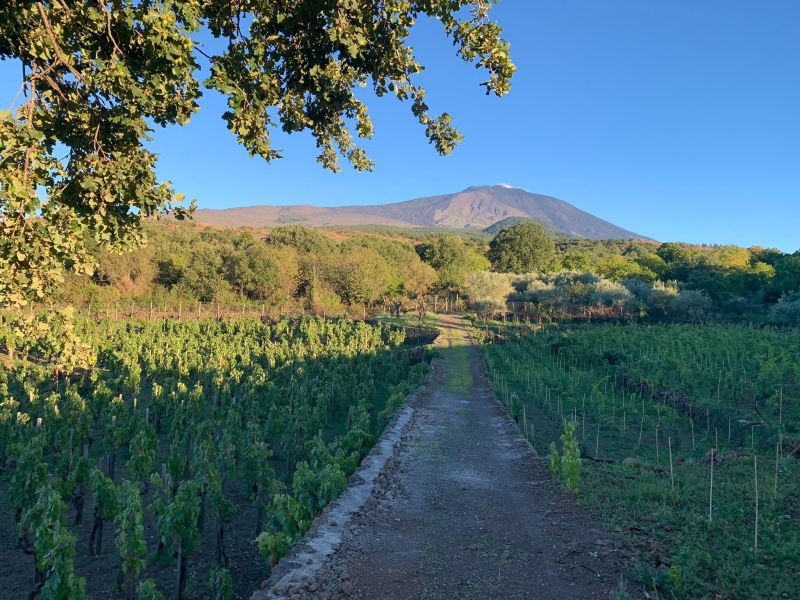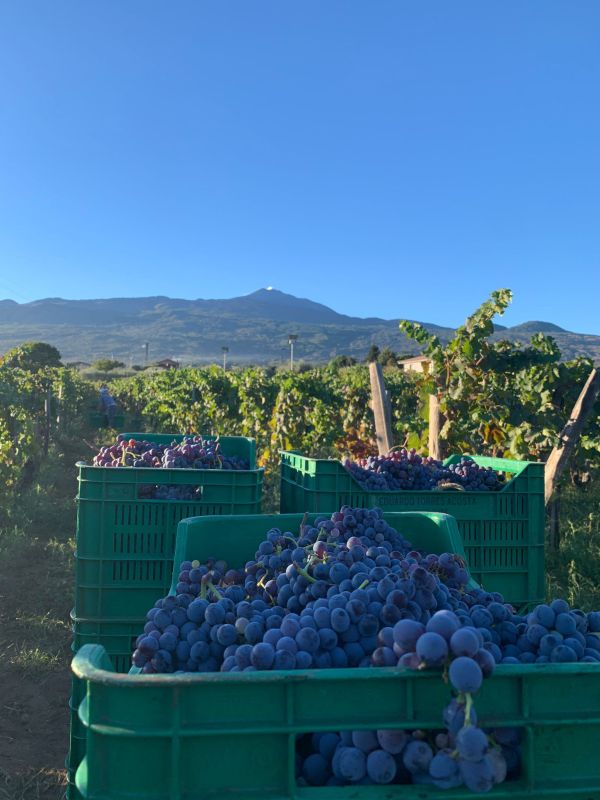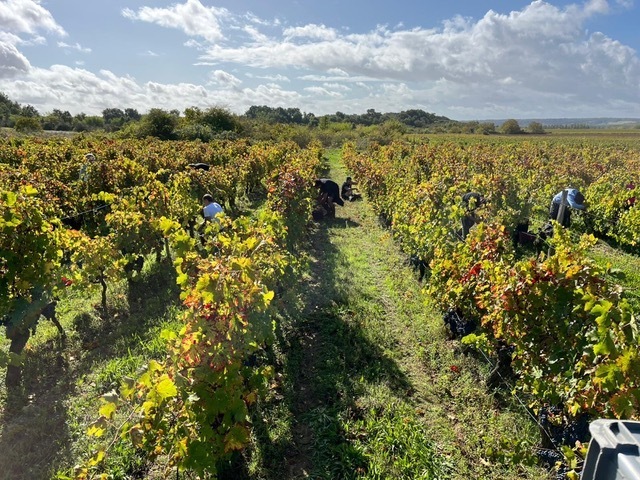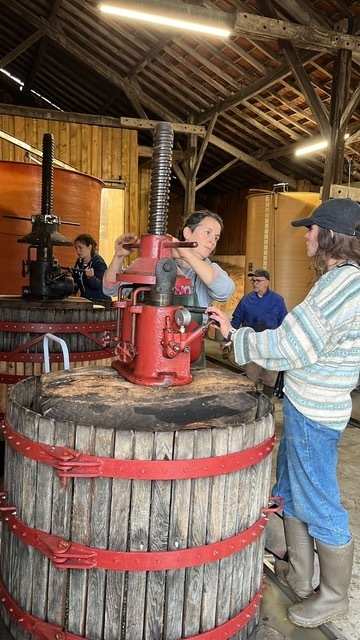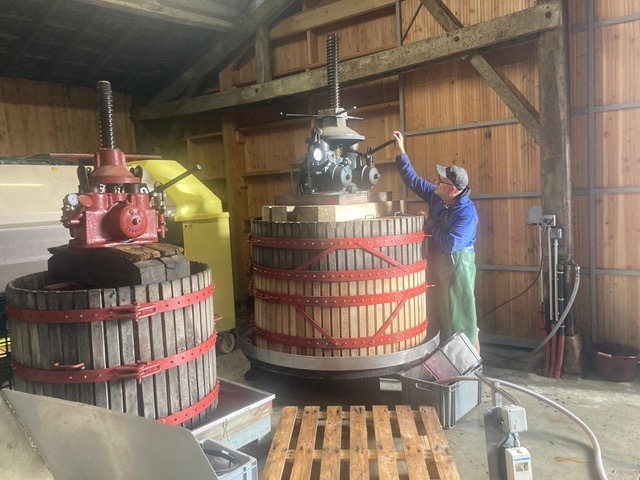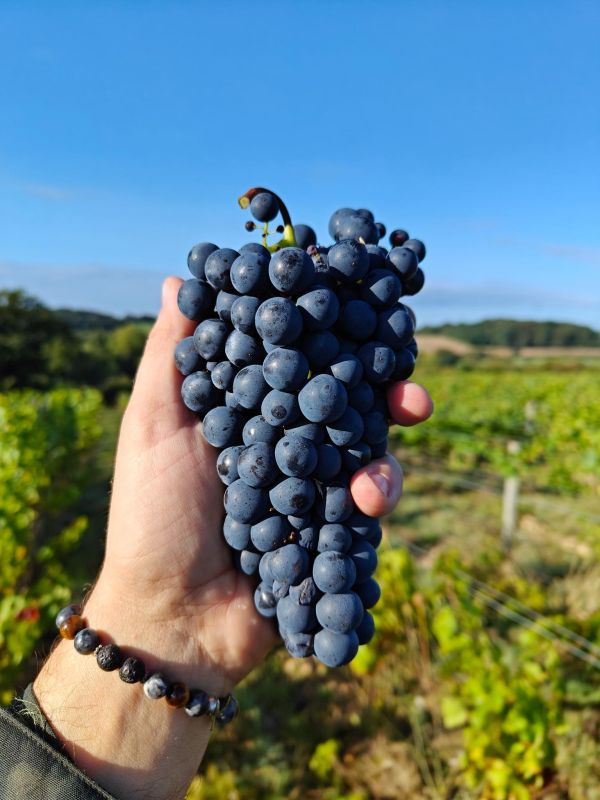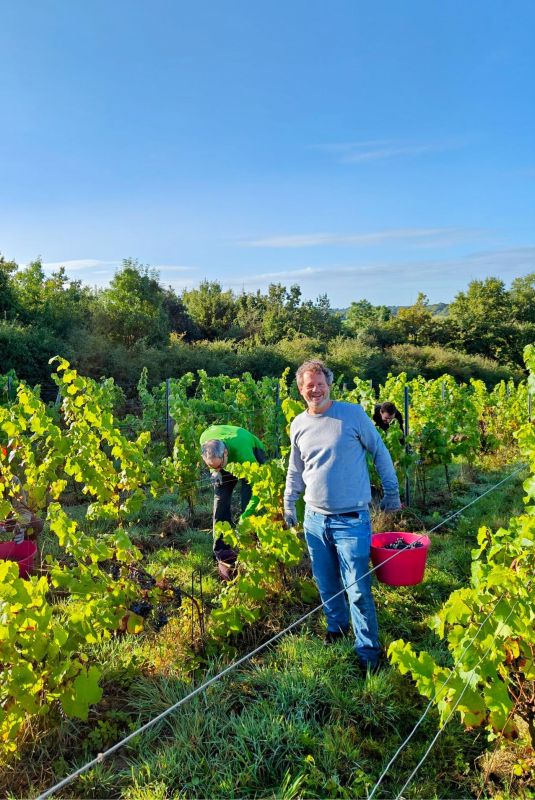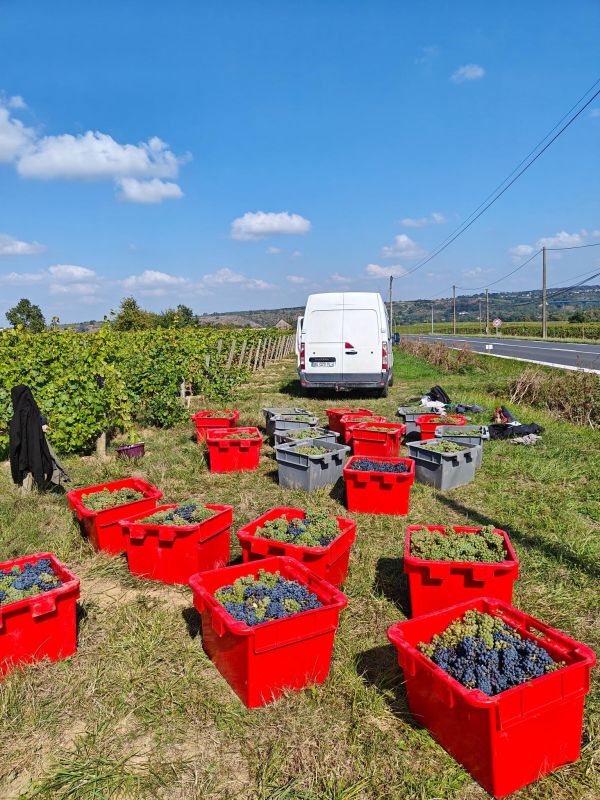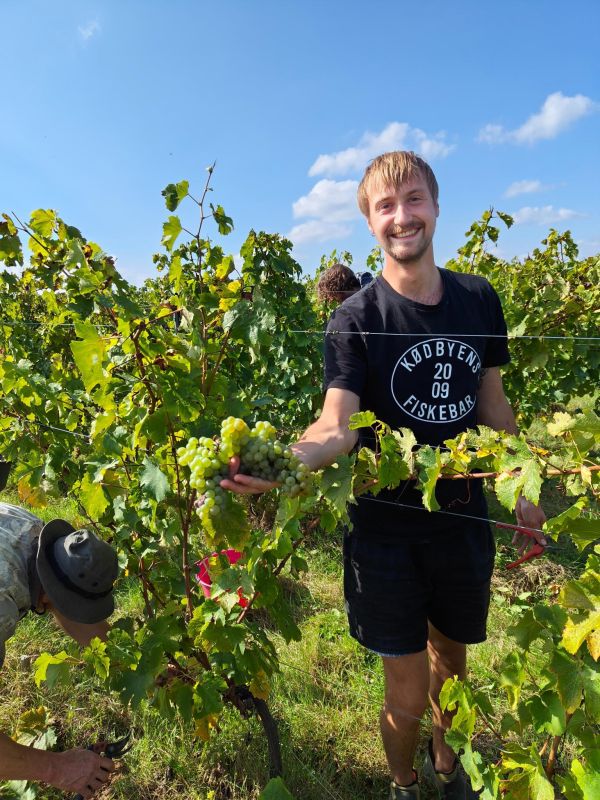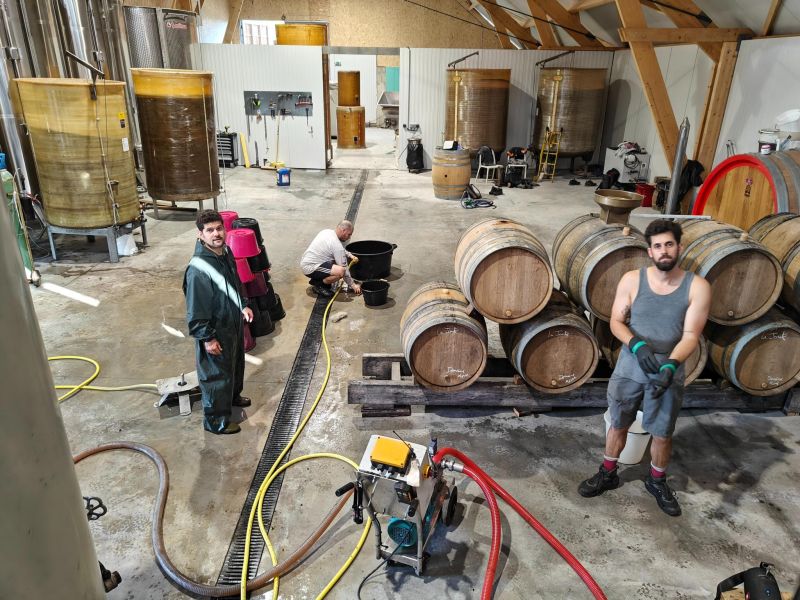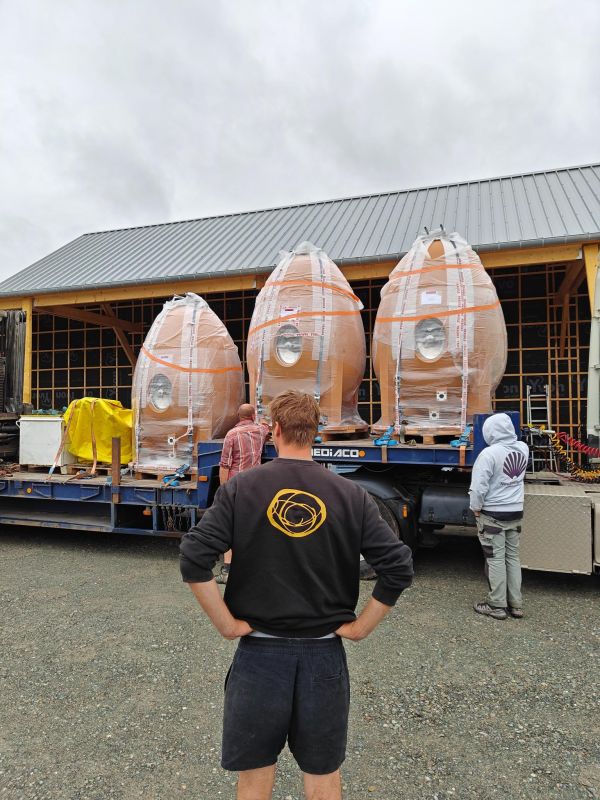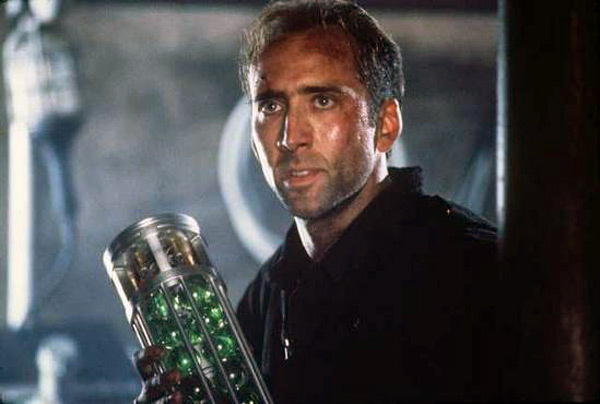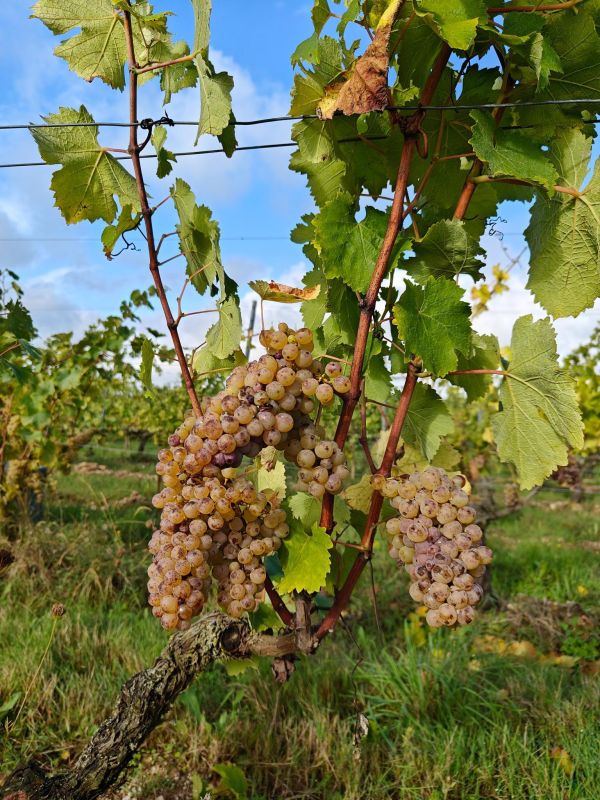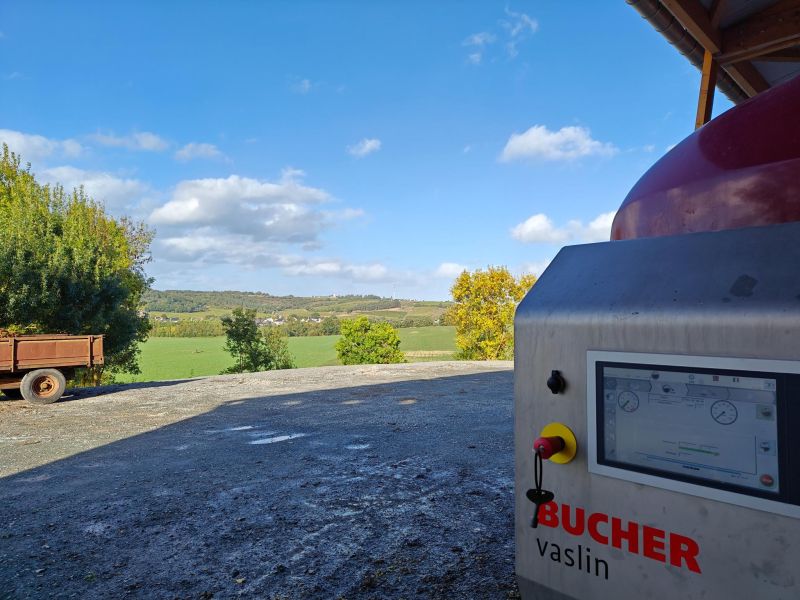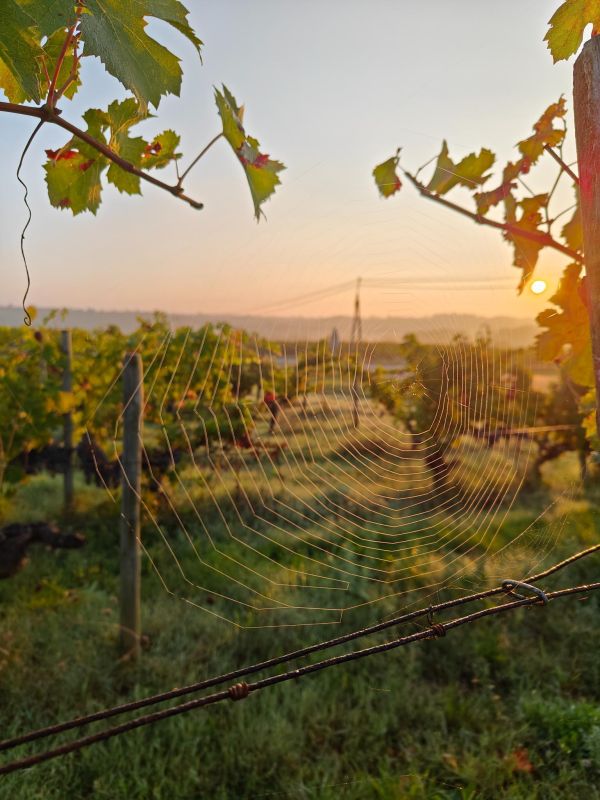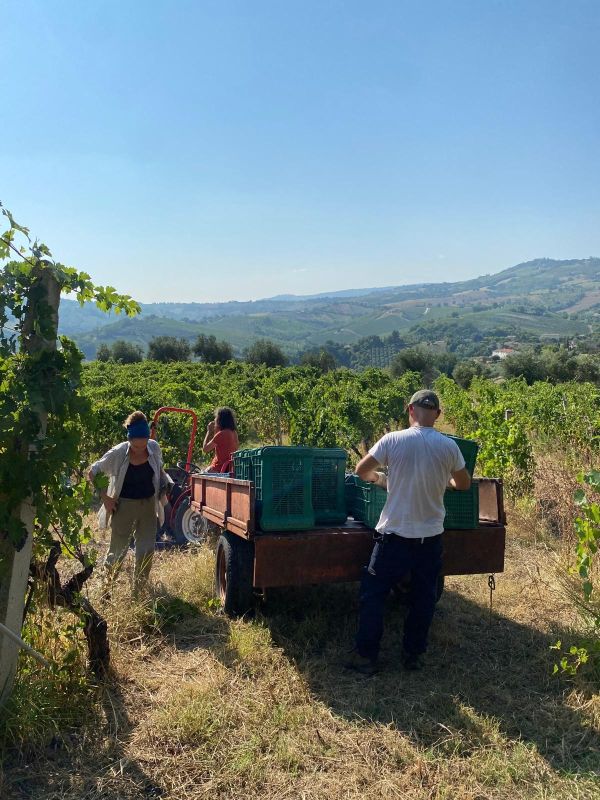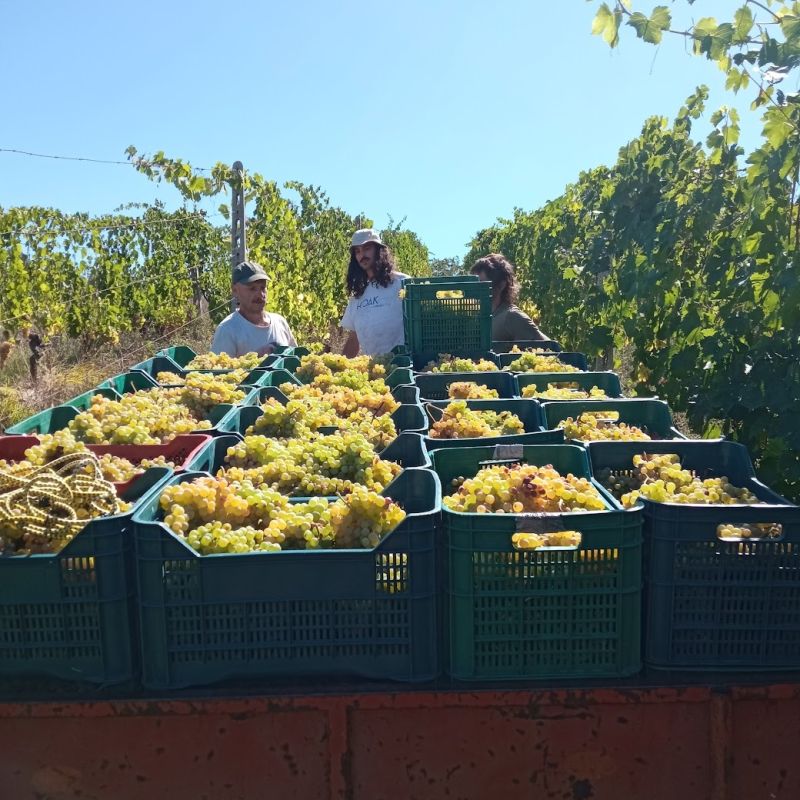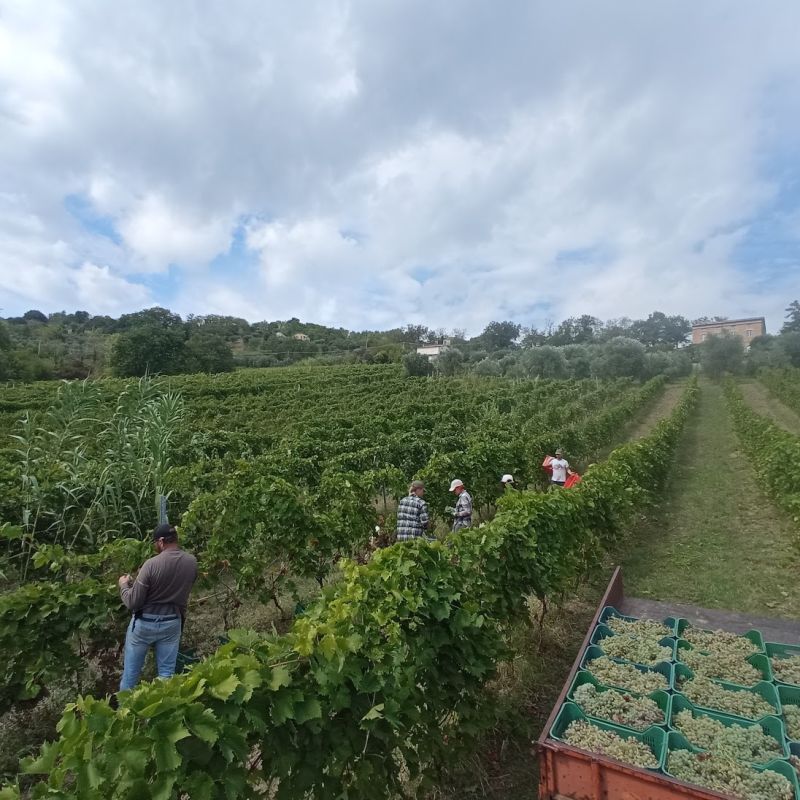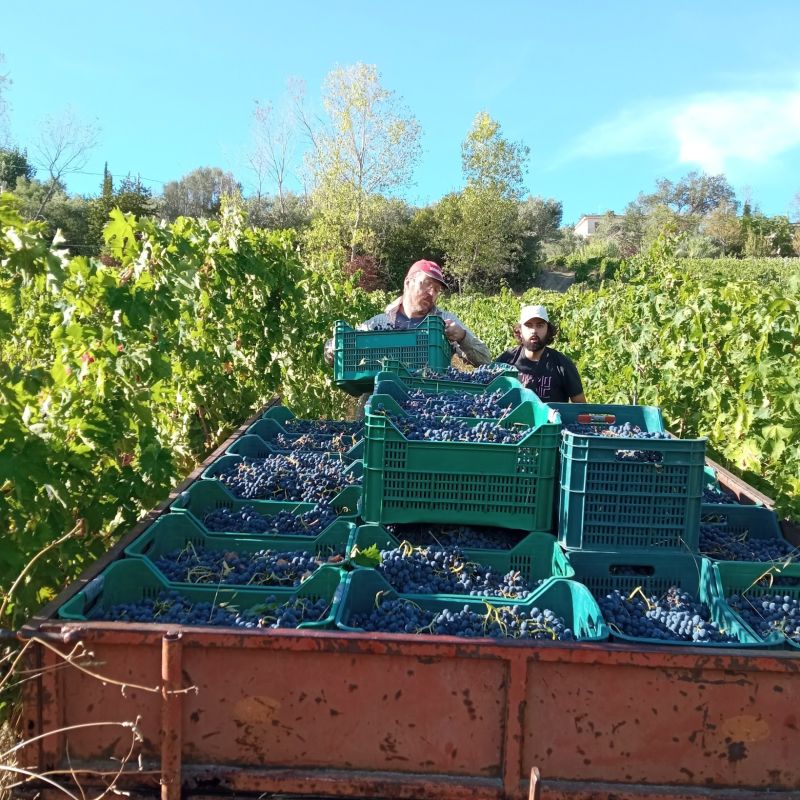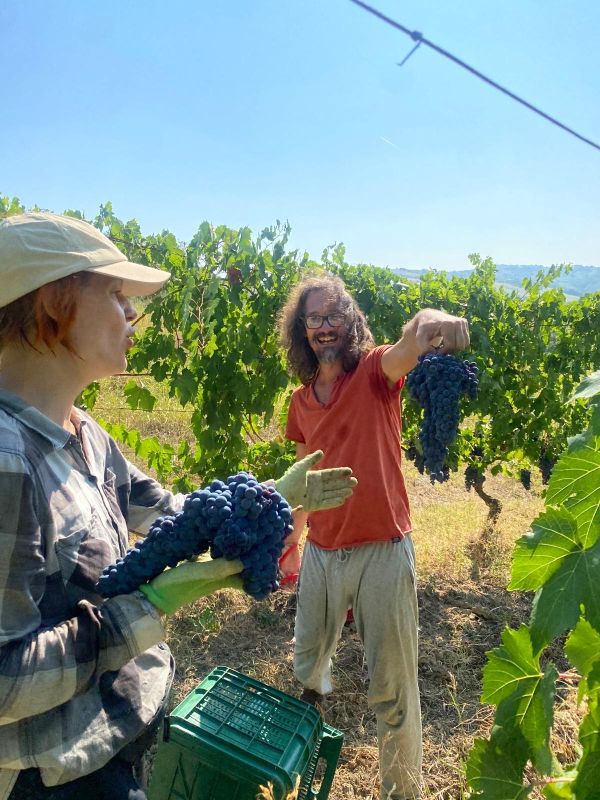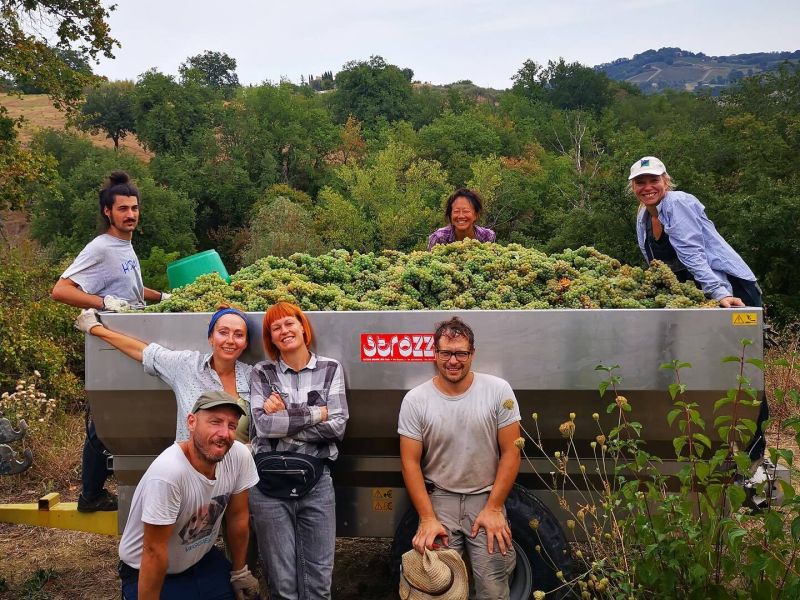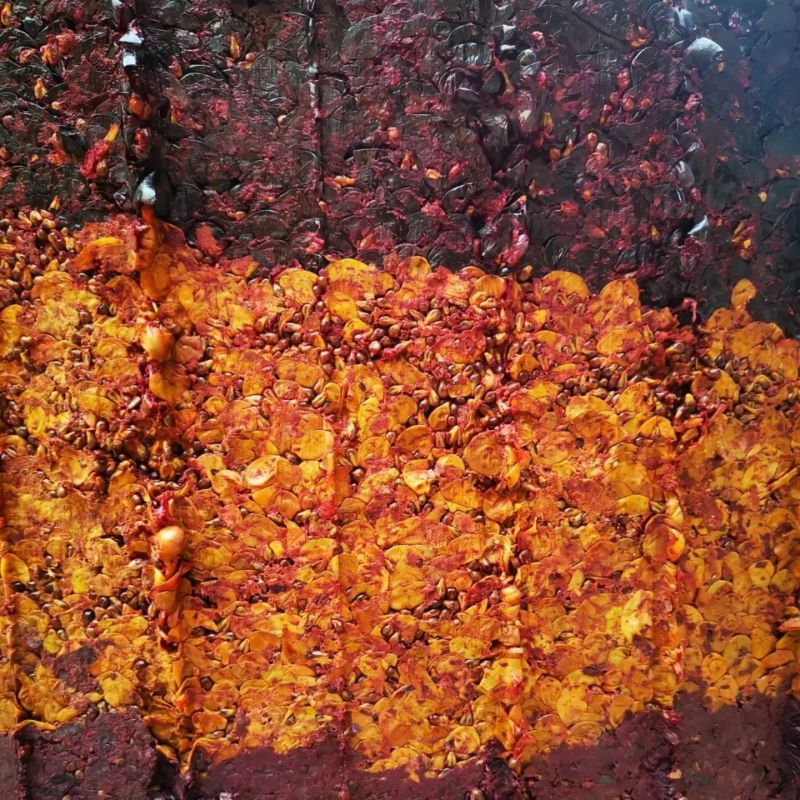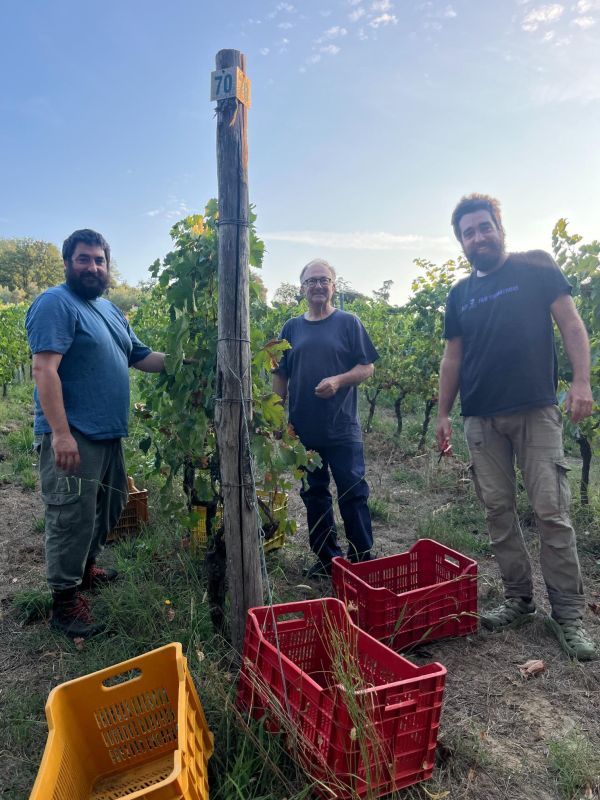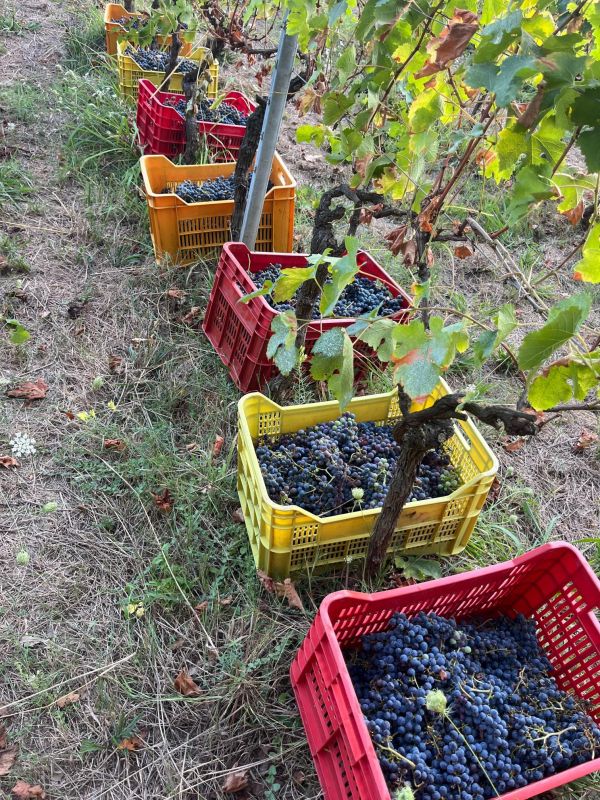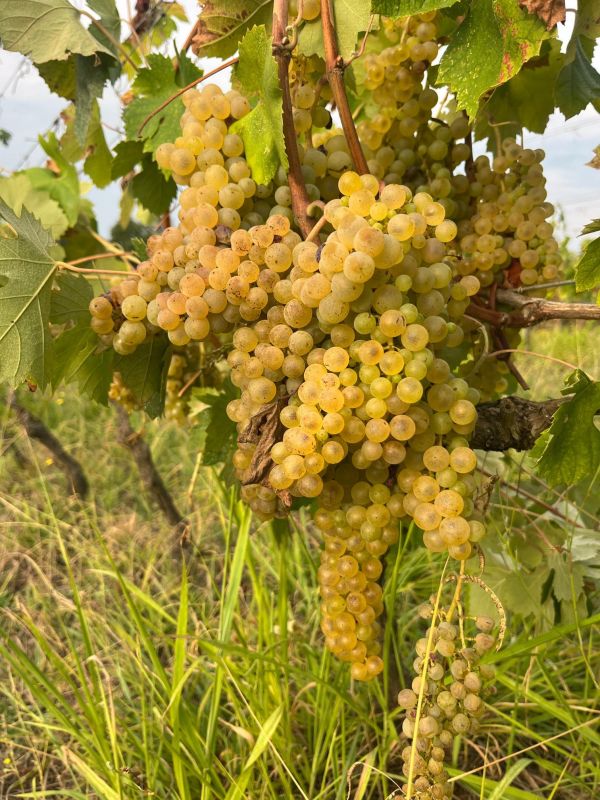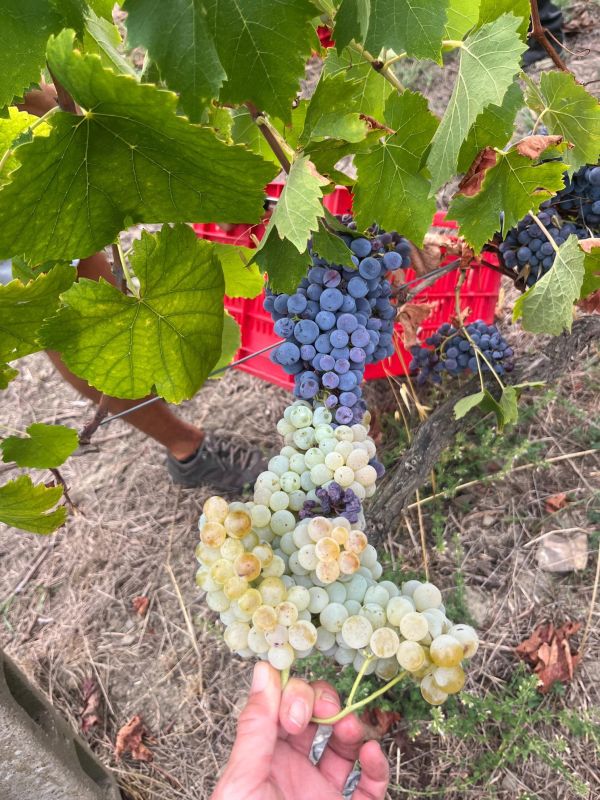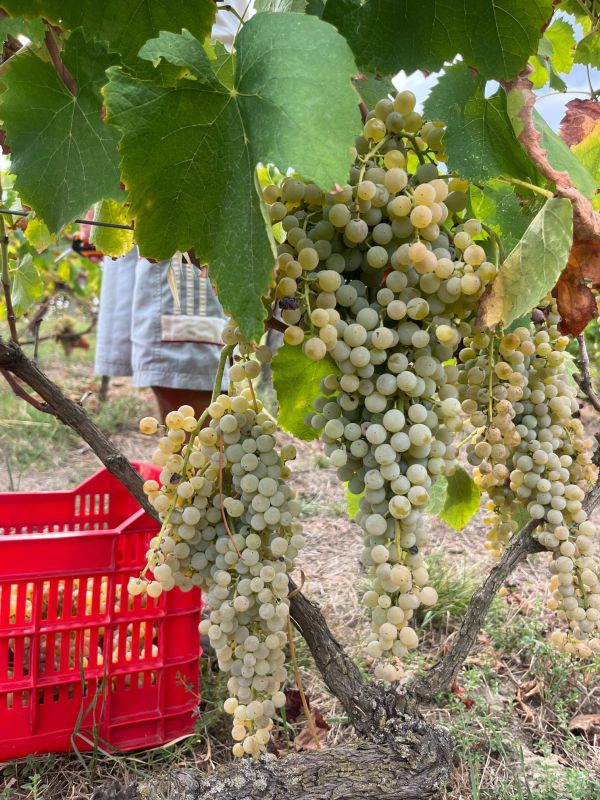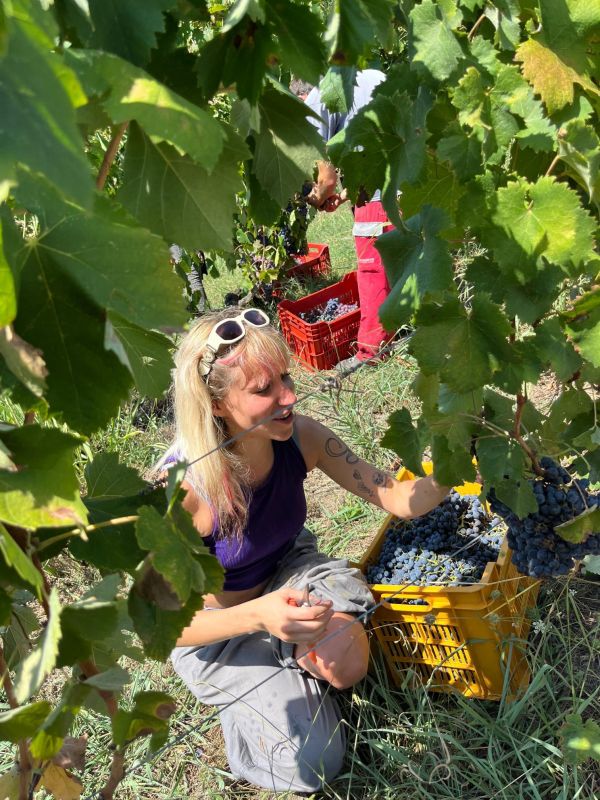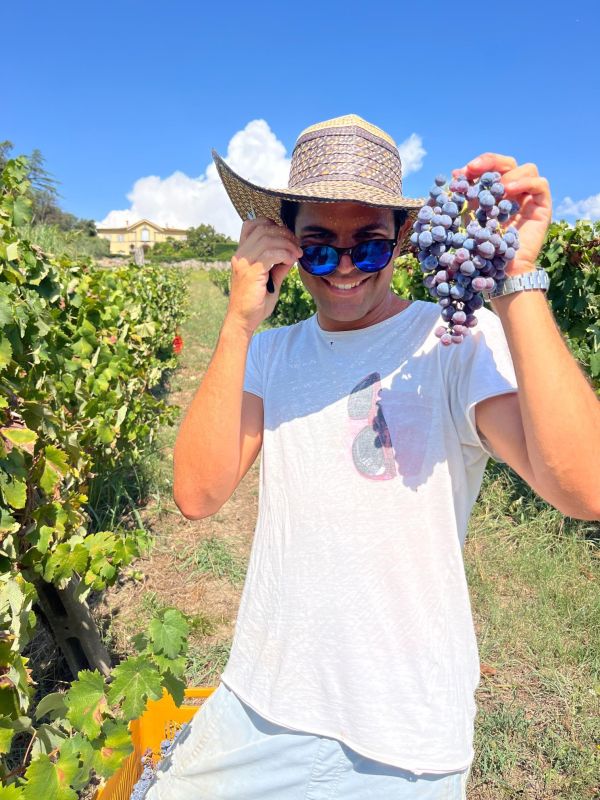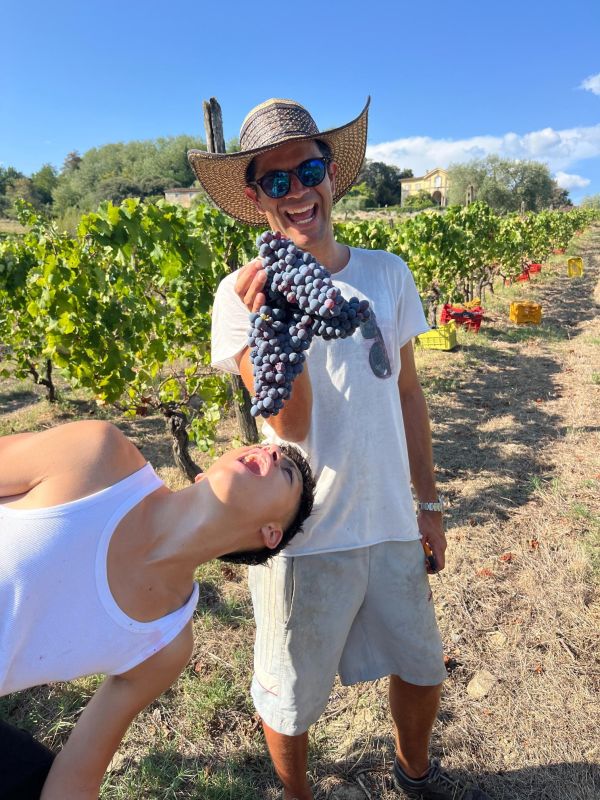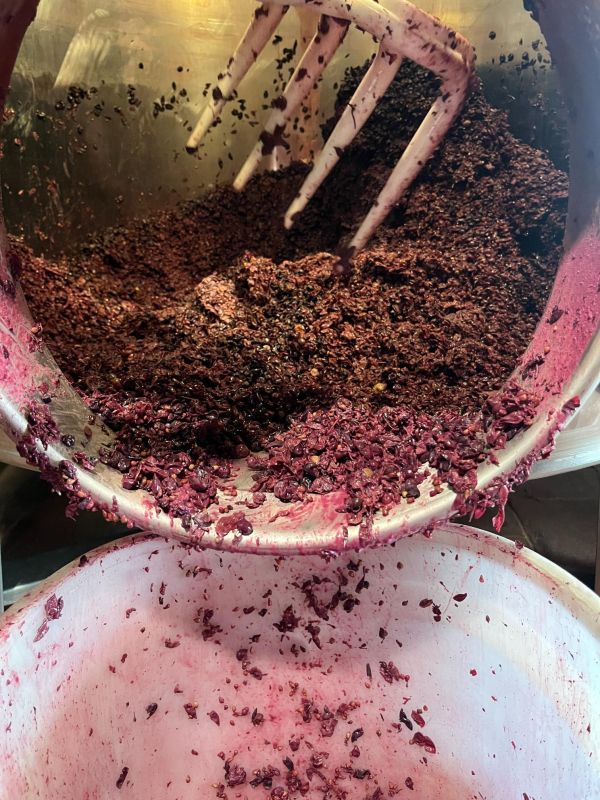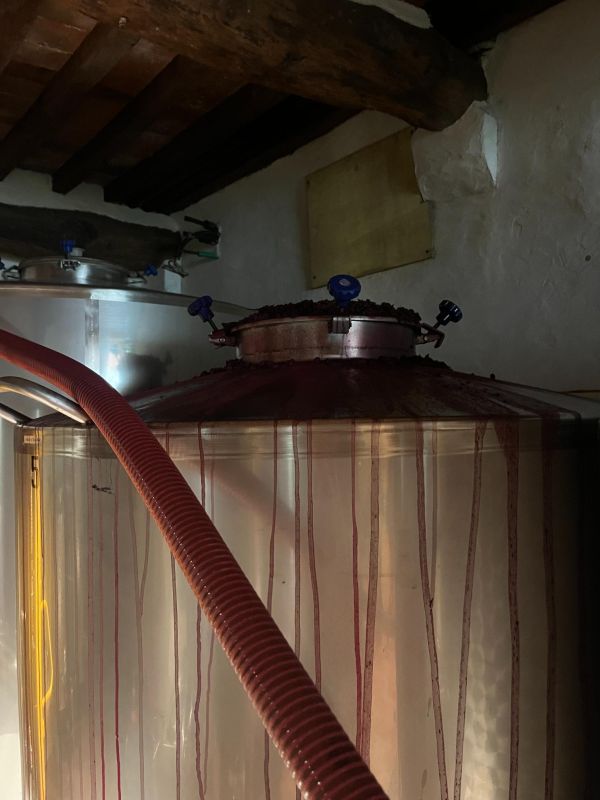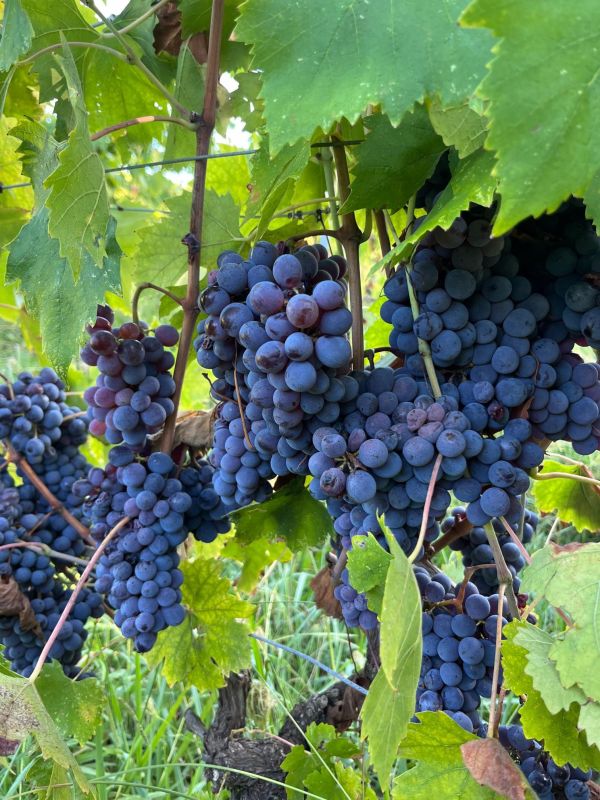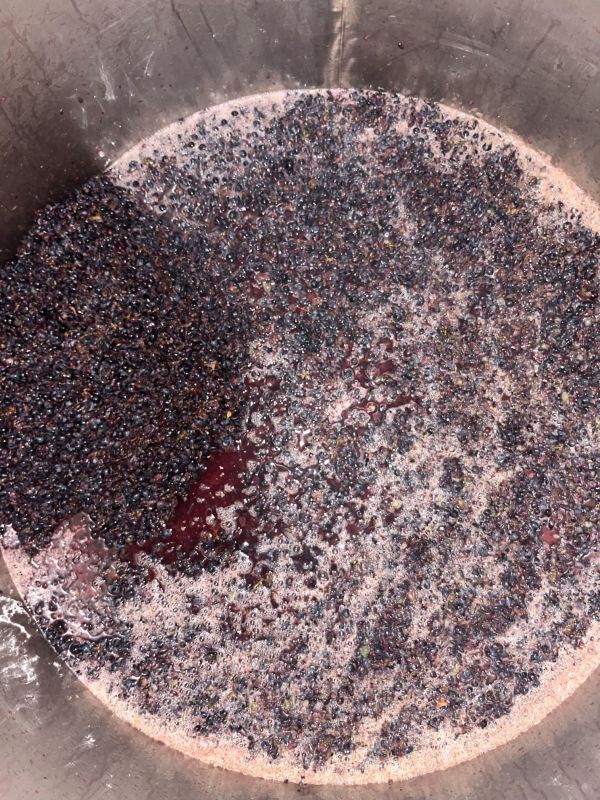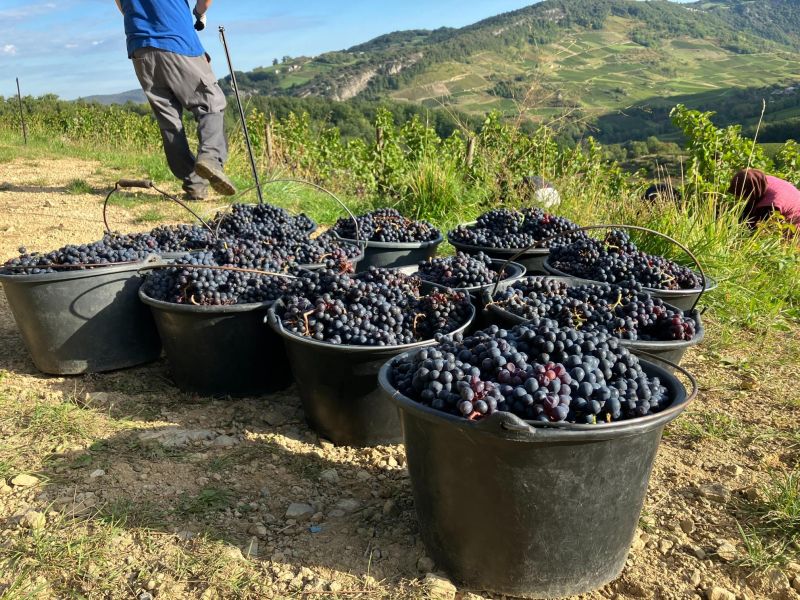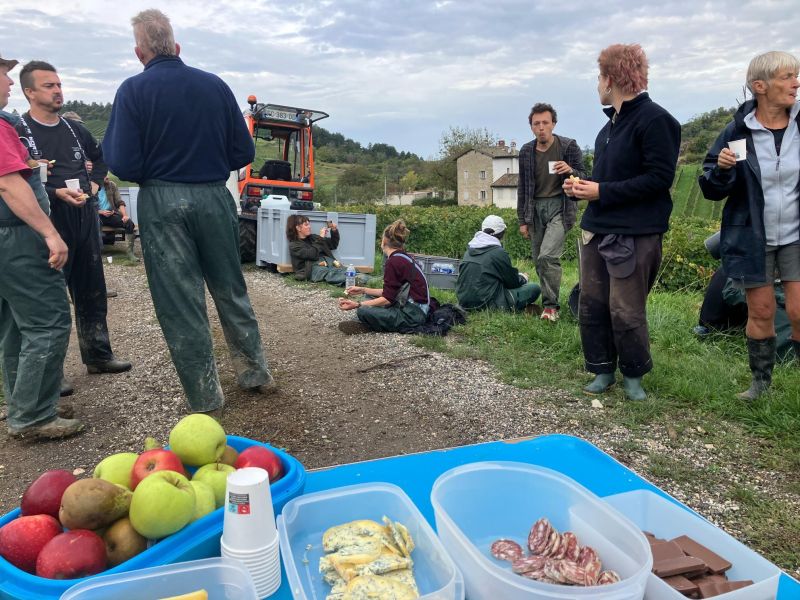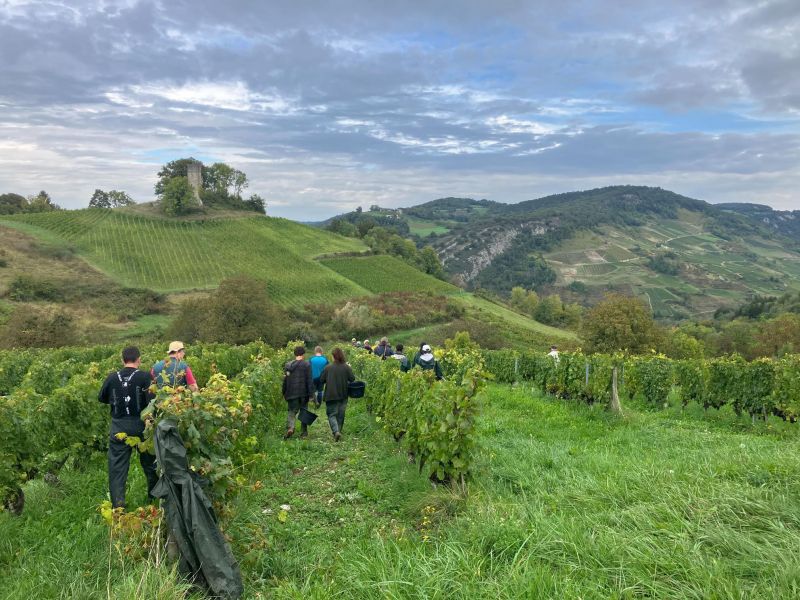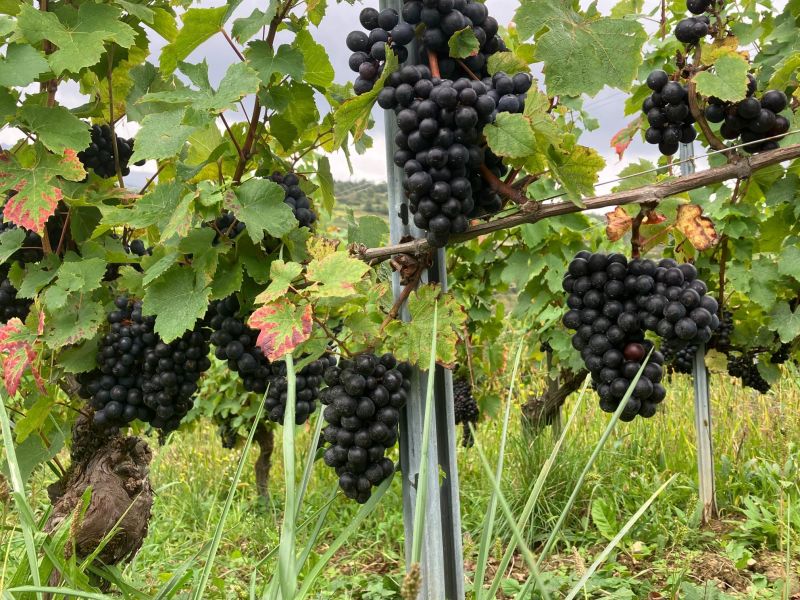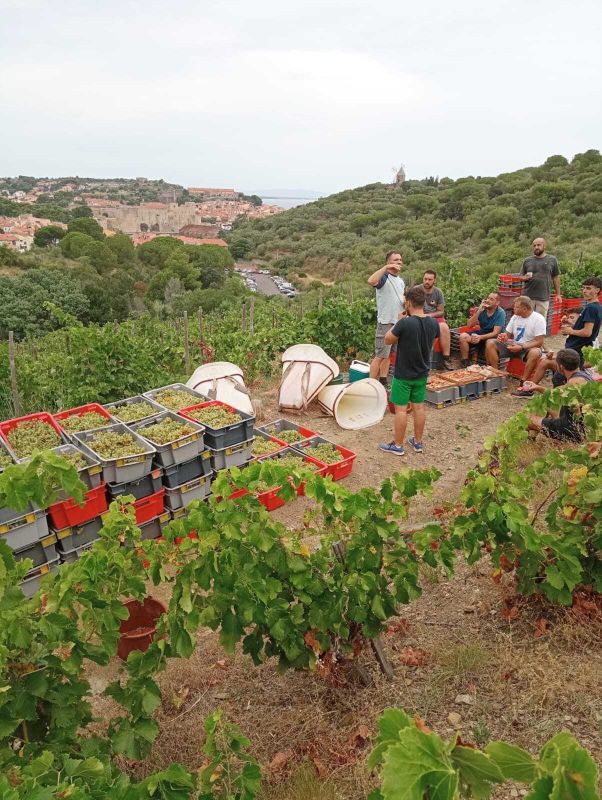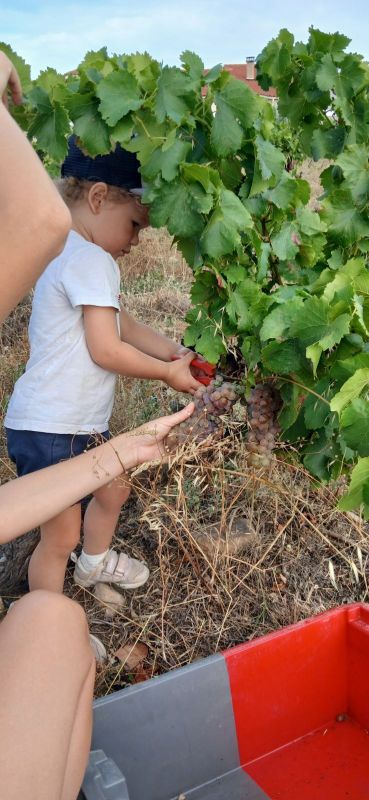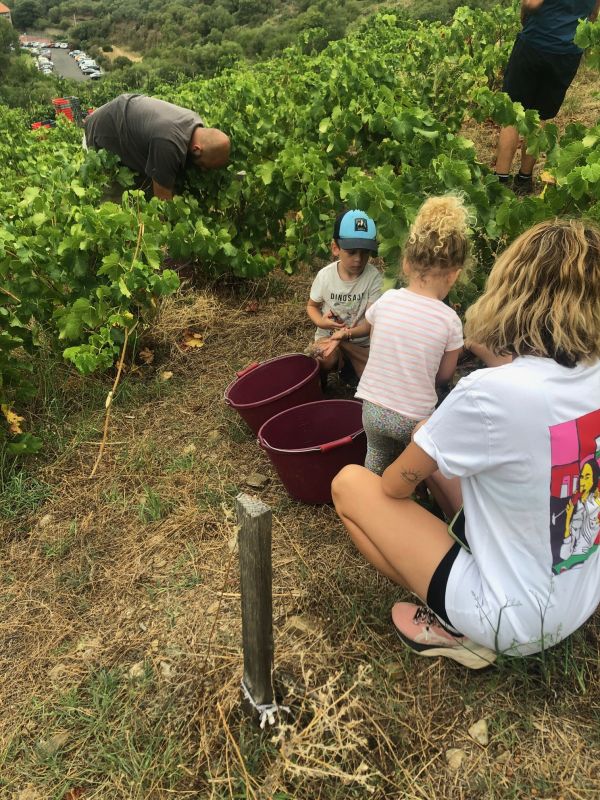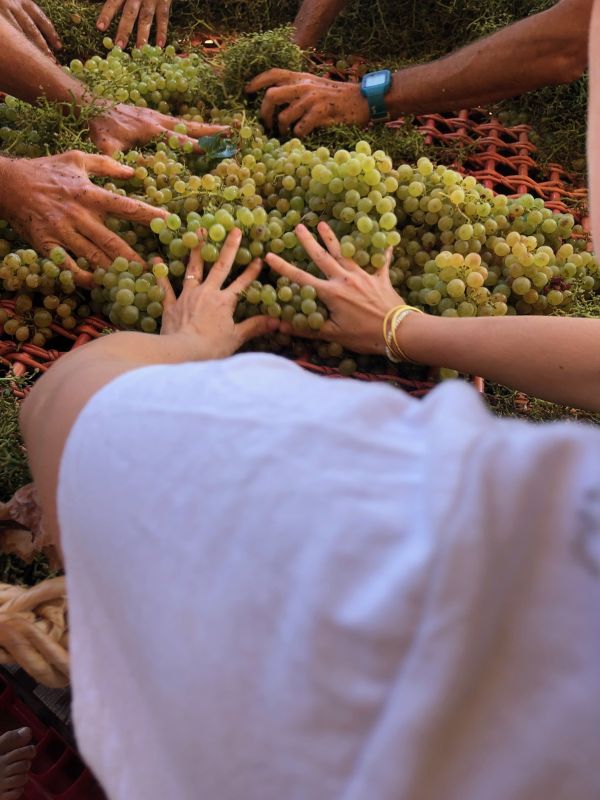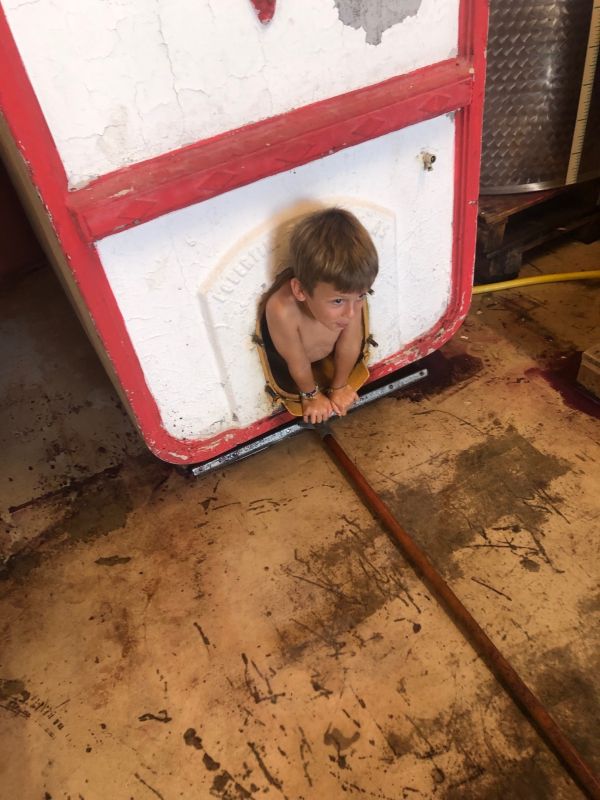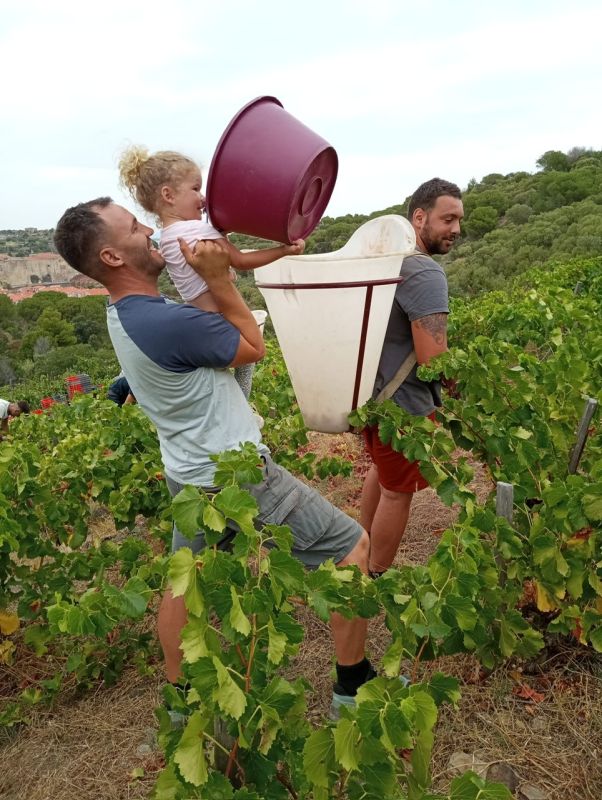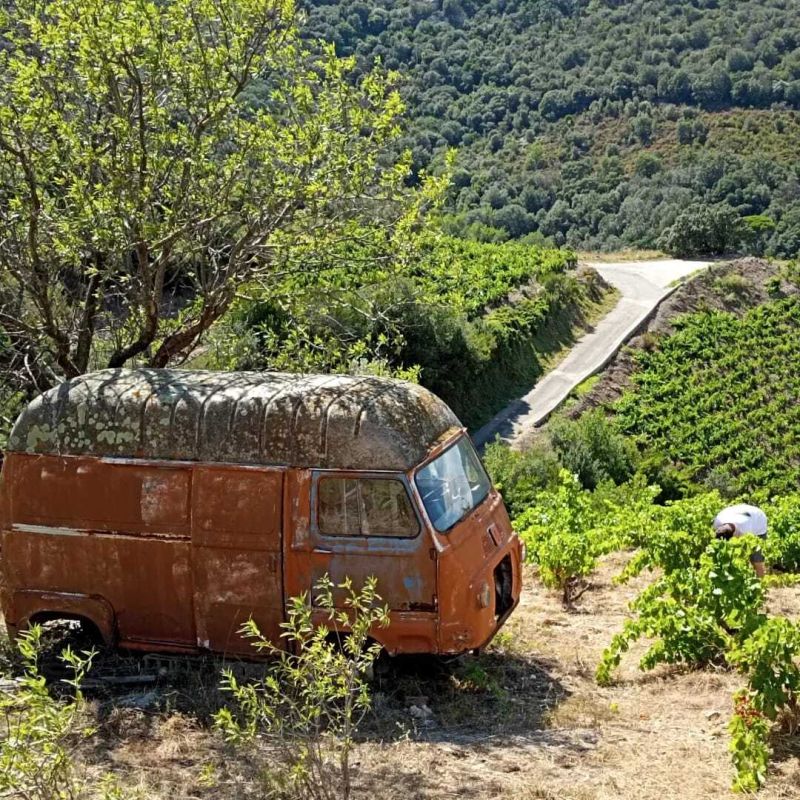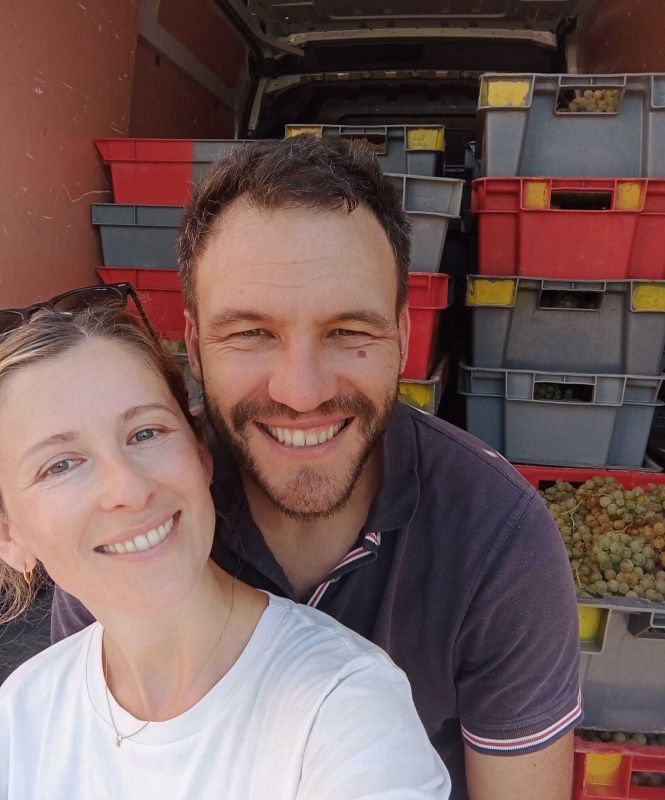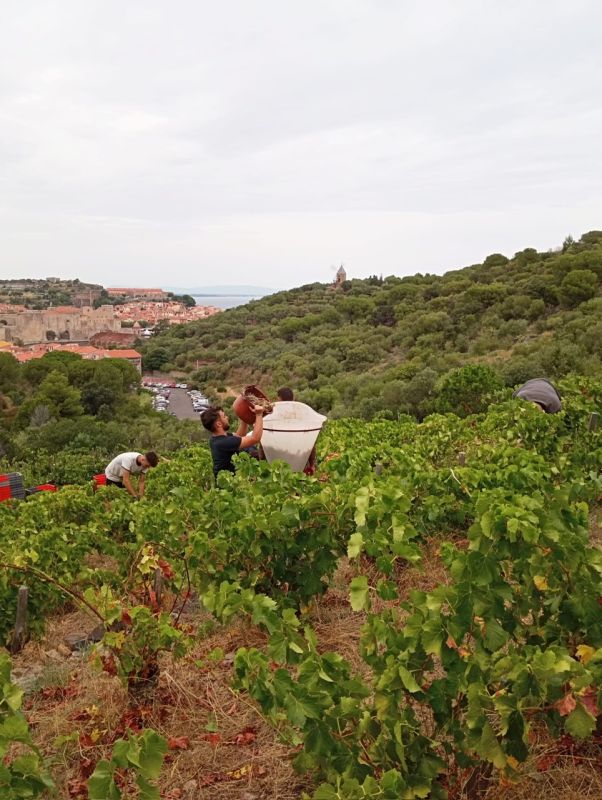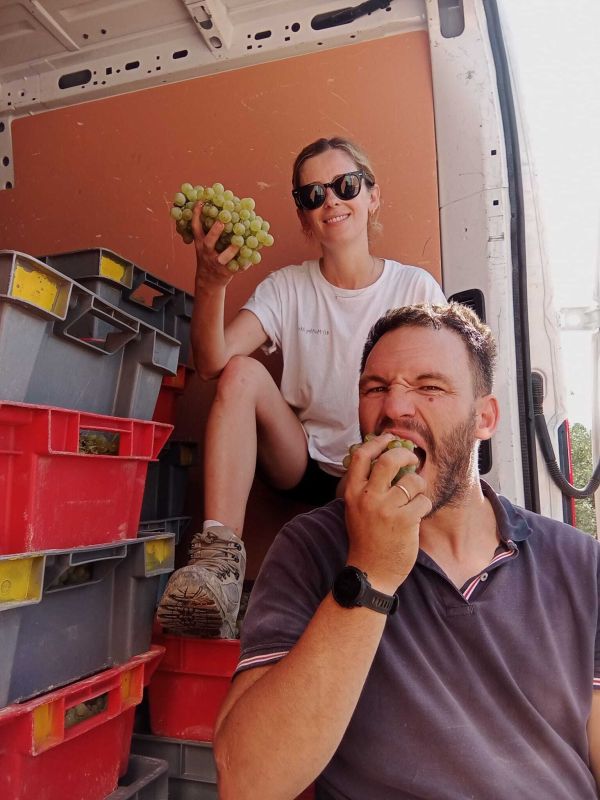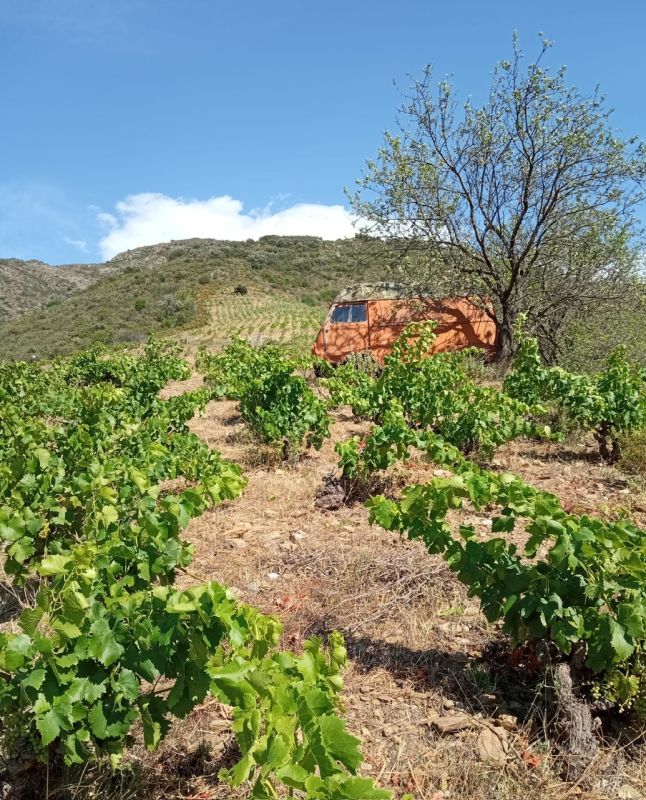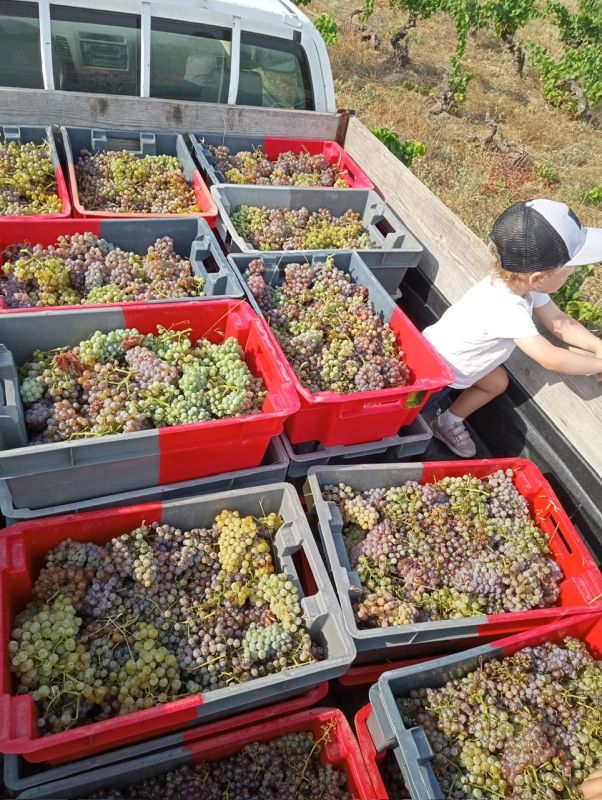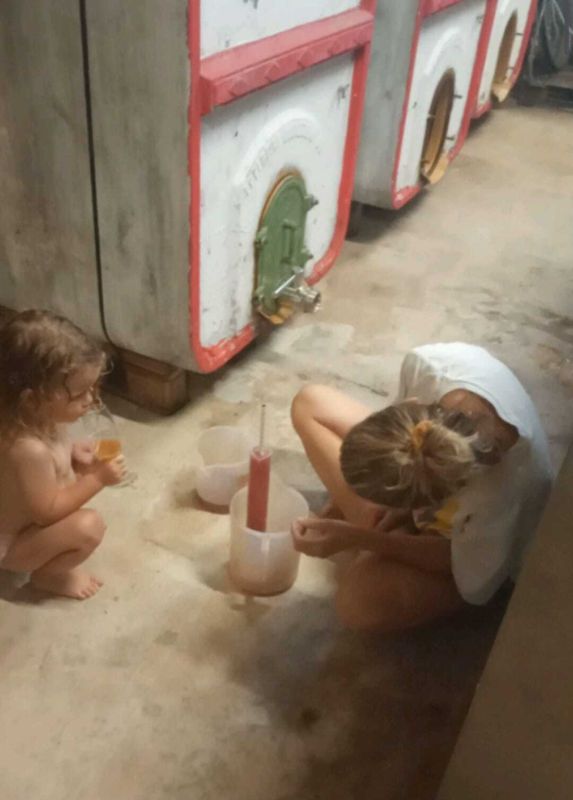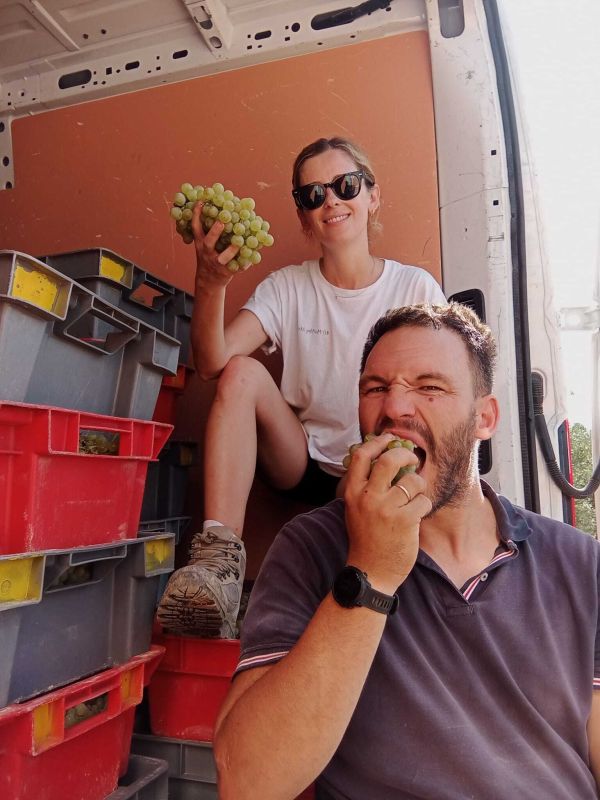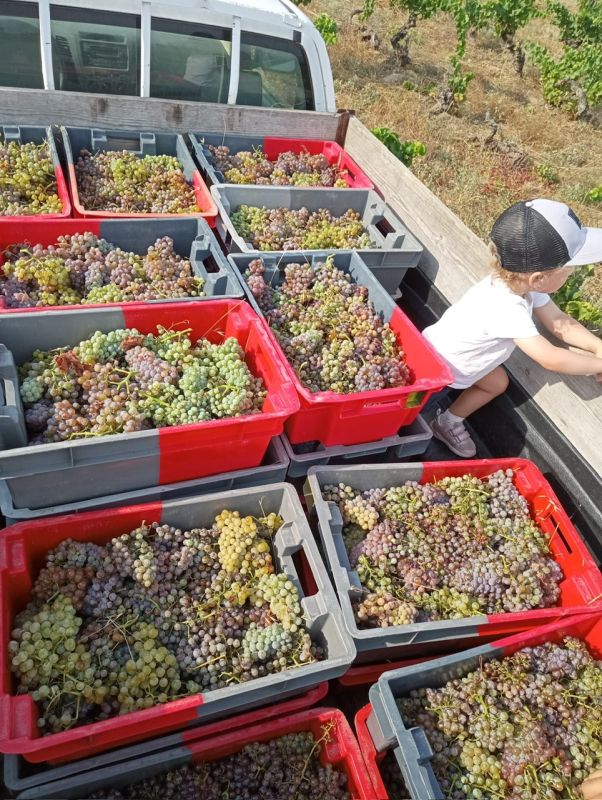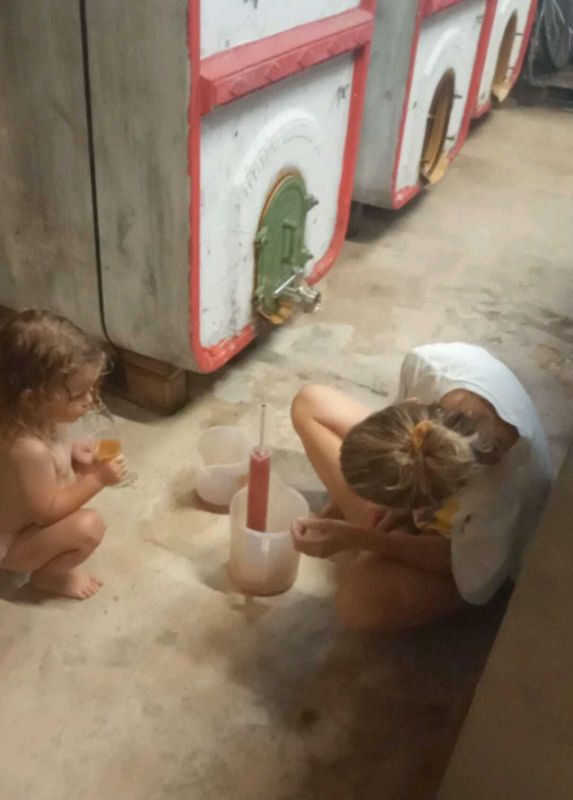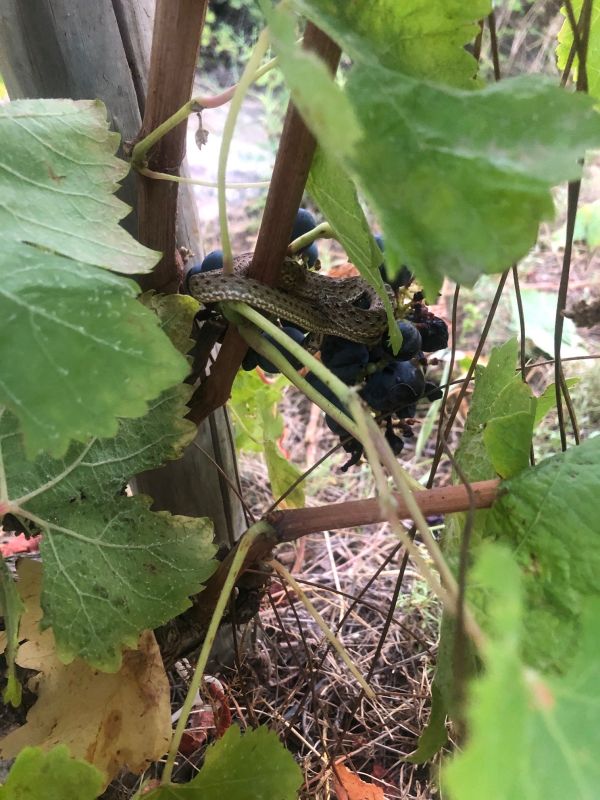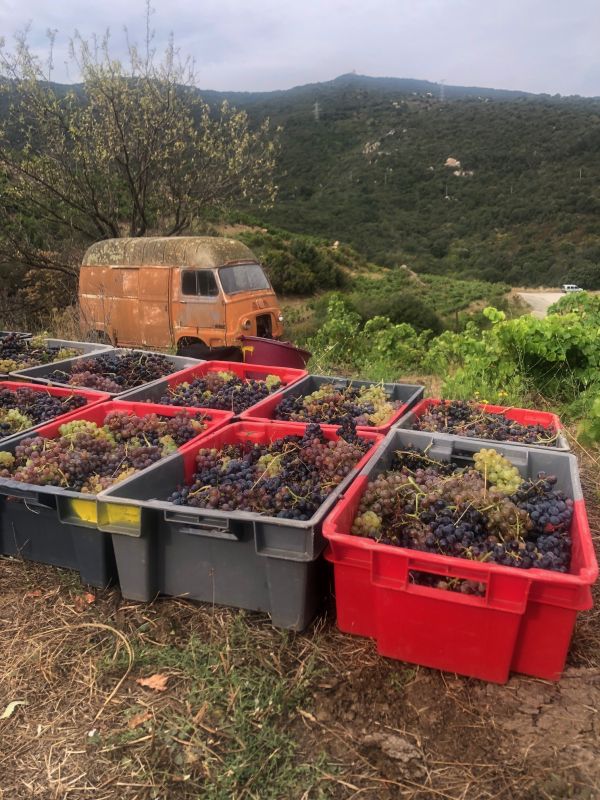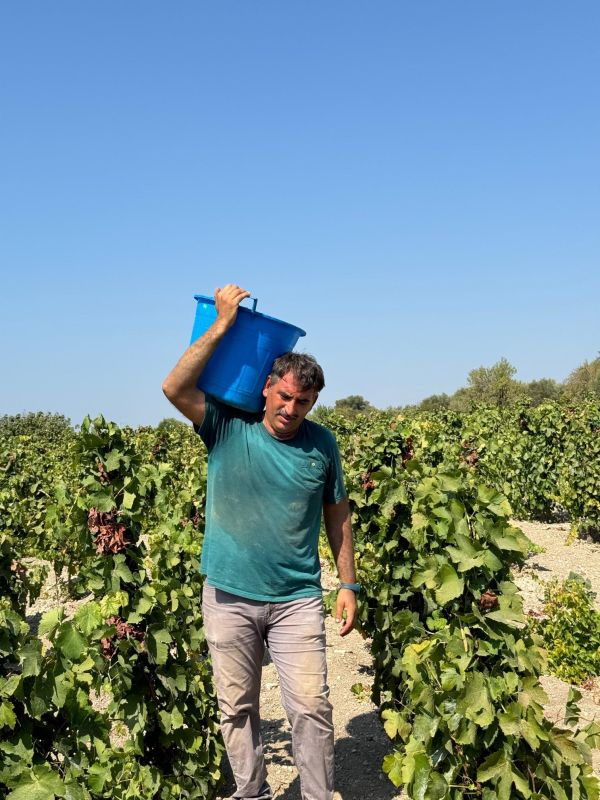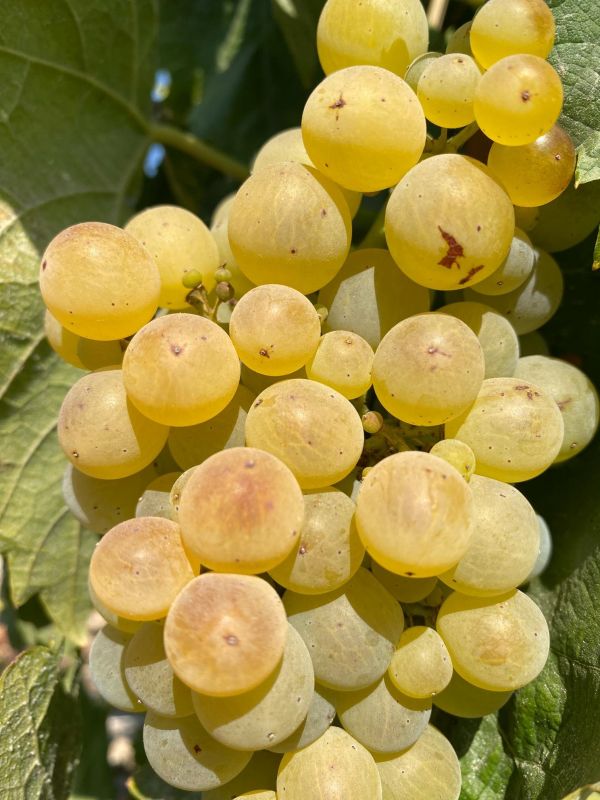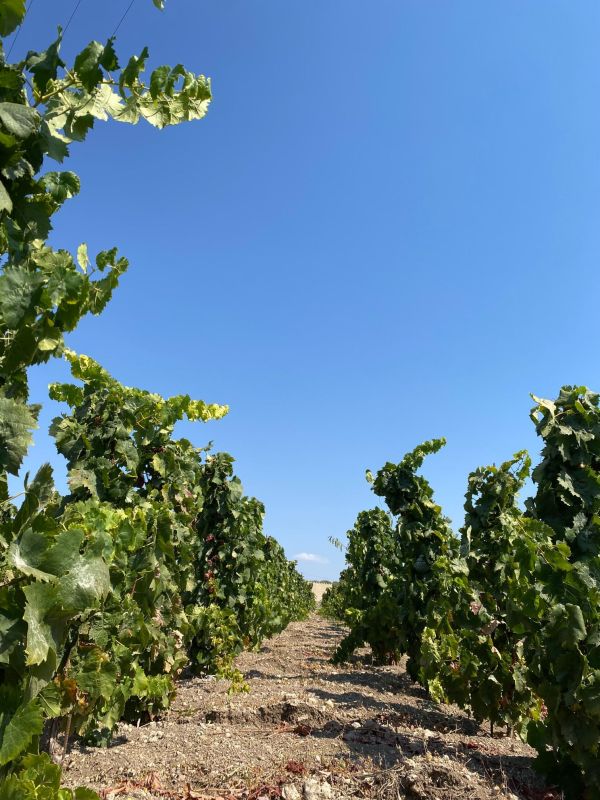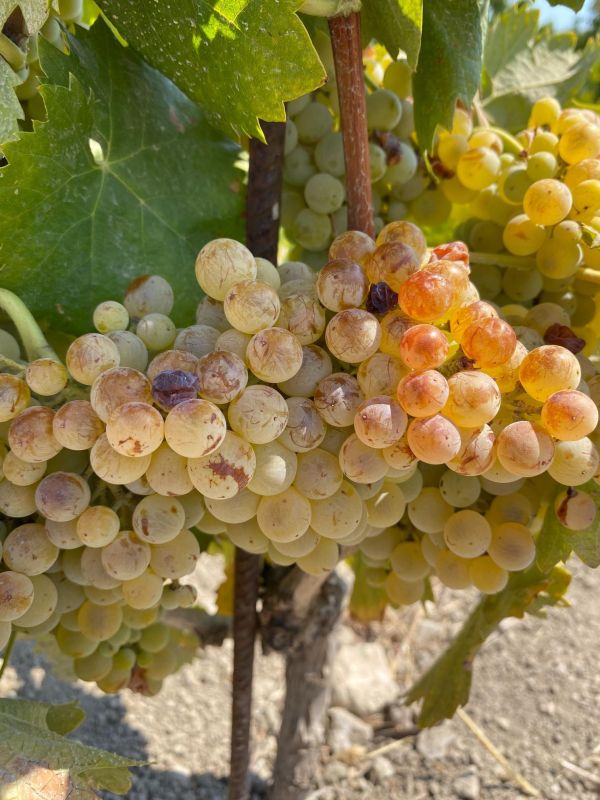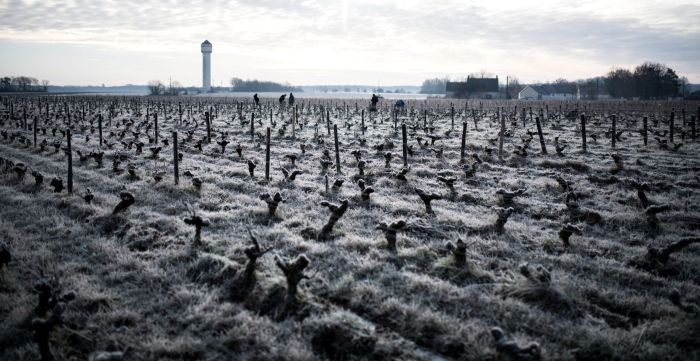As the year comes to an end and the rhythm in the cellar and the vines is slowing down, we wanted to give you a recap of what happened this year at Tue-Boeuf. 2021 is a particular year, the damages have been notable and the cellar is rather empty for a month of November. This phenomenon is unfortunately not isolated but rather in the context of a global deregulation of weather, forcing us to modify our practices and entirely rethink our temporality in working the vines. Fully aware of the ever increasing risks of spring frosts, we had pruned as late as possible and felt we had been successful in this maneuver.
Despite our best efforts, 2021's frosts destroyed everything we'd put forward at the end of winter. In many ways we are lucky that the majority of the vines we work are surrounded by woods: the biodiversity is primordial for their health. But it also complicates things a lot with frost; in April, like many others we suffered a frost snap that lasted almost a week with temperatures getting as low as -8°. This destroyed 100% of the vines' buds. It was clear that anything we've tried up to this point will never be enough to rectify the problem. Despite the all nighters we pulled, it was estimated we'd lost 80 to 100% depending on the parcels.
The spring season and its weather did not helps matters. 13 treatments were necessary (versus four in 2020) to preserve the little bit of grapes we had left after the frost. And even so, mildew diminished our micro-crop even more. This meant that harvest was sadly a very quick one and unsurprisingly produced much less than 2020. On top of everything we had to pick in the rain and earlier than we would have liked for risk of losing everything. We averaged 7hl/h against the 40 to 45 we'd hope for in a normal year. We blended the Cheverny Rouge parcels of Gravotte, Caillière and Rouillon simply to fill a single vat. This means there will only be one Cheverny Rouge and without a parcel name. All the other single parcel wines will be made in tiny quantities.
Our long term relationships with viticulturists in the Vallée du Cher, many over 15 years old, have permitted us to partly compensate for the frost impacting our estate more and more frequently. While many were themselves affected by frost, we nonetheless were able to to pick some nice grapes from our region. Some vignerons friends also helped us source organic grapes from their respective regions, including Grenache and Carignan from the Roussillon, Gamay from the Beaujolais and Chenin from Vouvray (the latter being in its' first year of organic conversion). In the end, with purchased fruit and our own micro harvest, we have roughly 50% of what we can usually offer.
With an important percentage of grapes being second growths (post-frost) and a hurried harvest due to the rain, we can't claim that 2021 will shine with its excess of maturity and concentration. Honestly we're ok with that following a streak of solar vintages. The alcoholic fermentations happened without a hitch and the malos are finishing slowly. The wines are precise, bright and vivacious with potentials around 11% and 12%. We're not exactly sure how the "new" wines from grapes from other regions are going to be blended.
Thank you for following us across the years and vintages,
Louise, Zoé and Thierry


